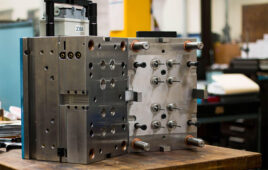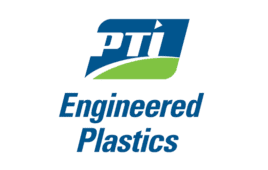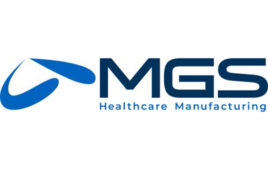Metal injection molding (MIM) works well for high-volume production of small, complex medical device parts of consistent quality.
Steve Santoro, Micro

Typical MIM parts used in disposable surgical instruments and assembled in a clean room. (Image from Micro)
Demand for small, lightweight, high-strength, complex-shaped components is growing across industries today, from automotive, consumer electronics, aerospace and defense to orthodontics and medical devices.
Traditional machining and injection molding each has its pros and cons in producing components for medical devices, especially where parts may be smaller and require more maneuverability. Metal injection molding (MIM) is a hybrid technology that integrates the shaping capability of plastic injection molding and the materials flexibility of conventional powder metallurgy. Material selection, part size, volume and tolerance are all instrumental factors in the decision-making process.
Materials
MIM is a process like plastic injection molding but with metal feedstock. Powdered metal feedstock is processed at high temperature and pressure to effectively and efficiently produce small, precision, high-performing parts in large quantities. This proven technology yields high-quality mechanical properties and excellent strength, ductility, and magnetic response. It’s ideal for creating components with more sophisticated shapes and small, highly precise parts with unique geometries for surgical instruments, artificial joints and pacemakers.
Process overview
When using injection molding, it’s important to remember not all feedstocks and processes are equivalent. For optimal mechanical properties, high density and small dimensional variation, it’s critical to obtain consistent shrinkage and diffusion of organic binders and surfactants from the metal matrix. Poor diffusion increases the voids in the metal matrix by trapping gas, and the lower density will dramatically reduce the strength of the part.
Due to the flexibility of MIM technology, it’s possible to customize material compositions according to the specific attributes required by customers. Some of the compositions are stainless steels, low alloy steels, carbon steels, Ni-alloys, tool steels and tungsten alloys.
Part size
MIM is preferred for mass manufacturing of small, intricate geometric components of a variety of materials, as it can achieve 95% to 98% of its theoretical density at a much lower cost than comparable machined components.
Volume
MIM is well-suited to automation in producing large quantities with consistent quality. Machining typically requires longer cycle times and is thus better suited for lower production volumes requiring complex shapes with tighter tolerances. Finishing operations with MIM are quite minimal by comparison so long as the application has less critical tolerances. Although there’s an initial capital investment in creating the MIM mold, this cost can quickly be recovered when amortized over high-volume runs.
Tolerance
Expected tolerances range from +/- 2% to less than 0.4%, depending on feature size. The larger the feature, the larger the tolerance due to the propagation of error in shrinkage. Shrinkage generally ranges from 15% to 18% during sintering. Therefore, the larger the feature, the larger the propagation of error. One other phenomenon that affects expected outcomes is non-isotropic. There will be more shrinkage in the vertical direction because of gravity. The least shrinkage will occur in the longest lengthwise direction due to drag forces between the workpiece and the furnace furniture.
MIM is ideal for producing intricately shaped parts for complex components as well as parts that require assembly. The same is true for high-production of small precision parts with complicated design geometry. The process lends itself to automation in which high volumes and consistent quality are required. MIM technology is also the best viable process for producing miniature parts economically.
Companies that specialize in MIM technology and machining should work alongside engineers to address development early on. Engineers with expertise in both processes can suggest design modifications and provide input to get the best performance out of a product no matter what technique is ultimately used. While you can certainly switch operations midstream, factoring in design considerations upfront can save time and costs.
Steve Santoro is EVP of medical device contract manufacturer Micro, responsible for directing corporate technical and commercial teams. He previously held high-level operations, sales, engineering and general management positions, and was recently appointed a charter board member of the School of Applied and Engineering Technology at the New Jersey Institute of Technology.
The opinions expressed in this blog post are the author’s only and do not necessarily reflect those of Medical Design and Outsourcing or its employees.




